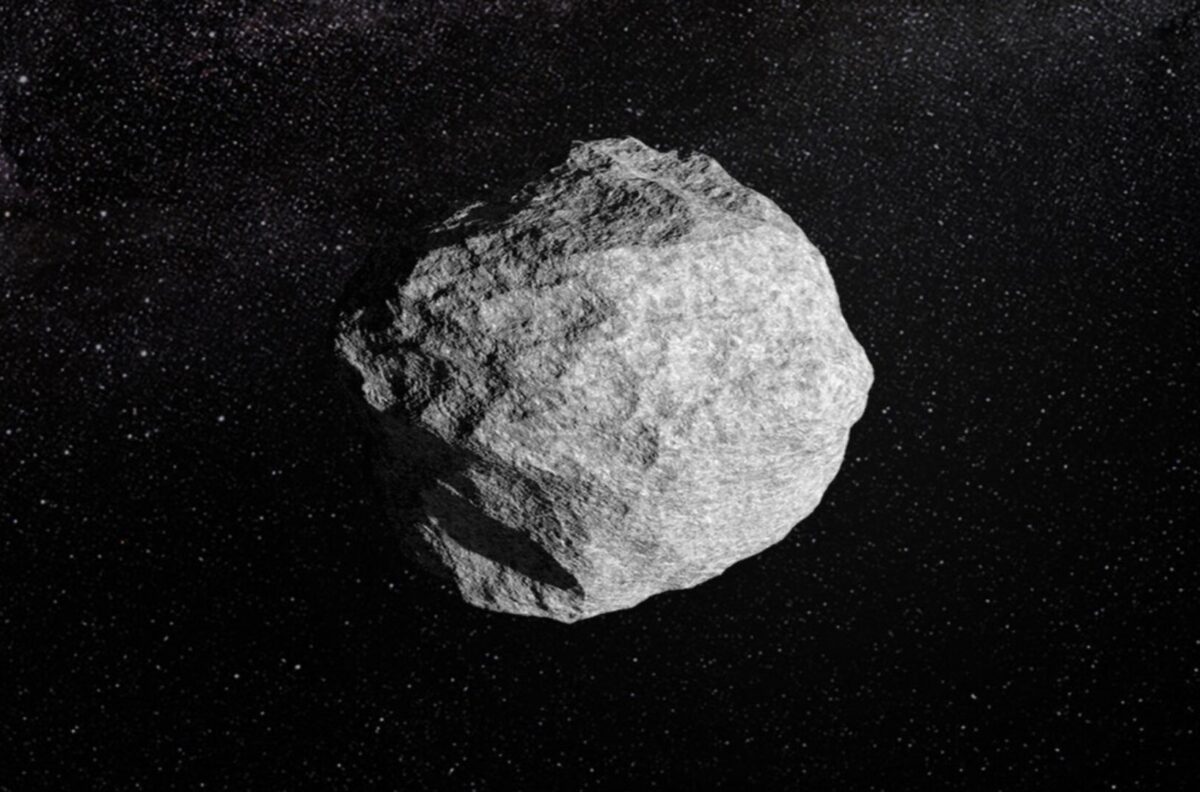What is asteroid 2024 YR4? How dangerous is asteroid 2024 YR4? Here’s what to know

What is asteroid 2024 YR4? How dangerous is asteroid 2024 YR4? Here’s what to know
Back in 2022, NASA made history by deliberately smashing a spacecraft into a small asteroid at a blistering 14,000 miles per hour. The mission, known as the Double Asteroid Redirection Test (DART), proved for the first time that it’s possible to alter the path of a celestial object — a crucial step in defending Earth against future space threats.
Now, attention has shifted to another cosmic visitor: a near-Earth asteroid designated 2024 YR4. While NASA’s Center for Near-Earth Object Studies estimates the odds of it striking our planet at just 0.00081 percent, scientists say there’s a more significant four percent chance it could collide with the Moon in December 2032.
Earlier this year, the asteroid sparked alarm when early calculations suggested it carried one of the highest Earth-impact risks ever recorded. That likelihood has since plummeted to a fraction of a percent. Still, even a lunar impact could pose dangers, as debris from the strike might threaten astronauts in orbit or future lunar missions.
In a new, not-yet-peer-reviewed study, a team of researchers — including NASA scientists — argue that the most effective way to address the risk is not to nudge the asteroid, but to destroy it outright. They propose a “kinetic disruption mission” that would blow 2024 YR4 into fragments, escalating from the nudge-style approach of the DART mission to something far more forceful.
Specifically, the team suggests using nuclear explosive devices. Unlike DART’s gentle redirection, this plan calls for shattering the space rock completely, providing another test case for humanity’s asteroid defense toolkit.
The urgency lies in timing. The asteroid measures nearly 300 feet across, according to the James Webb Space Telescope, but its mass remains unknown — possibly anywhere between 72.7 million and 2 billion pounds. That uncertainty makes designing a precise DART-style deflection nearly impossible. A reconnaissance mission could help, but the earliest feasible launch would be in late 2028, leaving just three years for follow-up action.
By contrast, a nuclear disruption mission allows more breathing room. Researchers calculated that NASA would have five to seven years to prepare for a kinetic explosion, or between 2029 and 2031 for a nuclear launch. Their plan involves sending two autonomous spacecraft carrying 100-kiloton nuclear devices — each several times more powerful than the bombs dropped on Hiroshima and Nagasaki — with an additional backup device in case the first attempt fails.
Whether this dramatic proposal ever leaves the drawing board depends largely on political will and funding. NASA is already grappling with budget shortfalls, and the White House’s controversial 2026 budget plan threatens to cancel dozens of upcoming missions. For now, the odds of YR4 ever reaching Earth remain vanishingly small. At more than 379 million miles away, the asteroid is unlikely to endanger us anytime soon — but it has reignited debate about how far humanity should go in preparing for the ultimate cosmic emergency.
FAQ
Q1: What is asteroid 2024 YR4?
Asteroid 2024 YR4 is a near-Earth object measuring about 300 feet across. Current estimates give it a 0.00081% chance of hitting Earth and a 4% chance of colliding with the Moon in December 2032.
Q2: Why is NASA considering nuclear explosives for 2024 YR4?
Unlike the 2022 DART mission that nudged an asteroid, YR4’s massive size and uncertain mass make a redirection mission unlikely to succeed. Scientists propose nuclear disruption to shatter it completely and prevent a potential impact.
Q3: Could an asteroid impact on the Moon be dangerous?
Yes. Even if 2024 YR4 only strikes the Moon, debris from the collision could threaten astronauts in orbit, lunar bases, or spacecraft traveling nearby.
Q4: How powerful would the proposed nuclear mission be?
The plan suggests sending two 100-kiloton nuclear devices — each five to eight times stronger than the bombs dropped on Hiroshima and Nagasaki. A backup device would also be included in case of failure.
Q5: Is NASA likely to carry out this mission?
It’s uncertain. While scientists stress the importance of preparation, NASA faces significant budget constraints. The Trump administration’s 2026 budget proposal could cancel dozens of missions, making funding for asteroid defense less likely.

